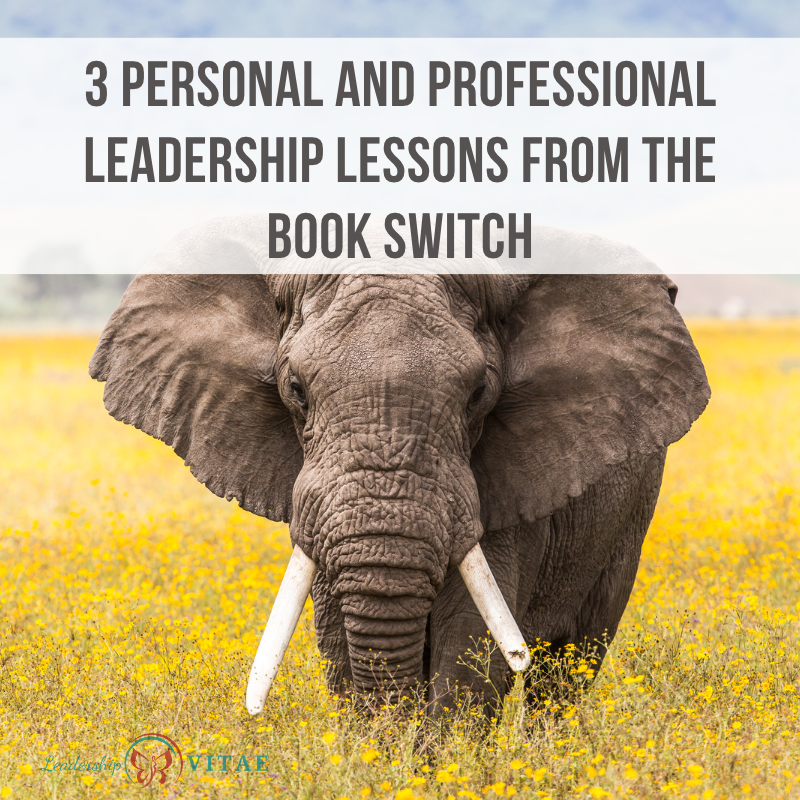
In 2022, I read over 175 books. My original target was 100, achieved by June. I kept raising the bar and reading, reading, reading.
By the end of the 3rd quarter, I realized I was on track to read 200 books. But what was I consuming? I’m a writer and wasn’t writing. While I’m all for a good fiction story, it wasn’t inspiring the kind of non-fiction writing I love.
When I looked at the list of books completed, about 10% were non-fiction. If that’s my genre, shouldn’t I have a better mix? Yes, I use predictable fiction tropes to cleanse the brain and engage my imagination. However, is that really all I want to fill my brain with?
Once I realized, I decided to make a change. Commit to consuming only non-fiction books for the rest of the year (and then couldn’t stop).
To slow myself down and ensure I’m actually taking something from the books I read, I’ve decided to share learnings from the best books. Those that stand out in books I find myself referencing and referring. This is the first – for Switch: How to Change Things When Change is Hard by Chip Heath.
As a change leader, I found the book to be filled to the brim with interesting insights. There were some things I knew, but it also referenced research that allowed me to dig deeper. Prompted 2 or 3 other books I could dive into around brain science and improving teams.
While it was a fantastic book, I’m challenging myself to share only 3 lessons. The best of the best if you will. I hope you find these lessons as impactful as I did.
The brain is not enough
One of my best girlfriends accuses me (in the kindest way) of being an academic. A lot. She knows I read a lot and worries that I’m so busy consuming information that I’m not living it.
She’s on to something. In Switch, there’s an analogy about the rider and the elephant. The rider is our analytical, conscious mind. While being mentally on board with a change is key, it’s not enough. We need to be emotionally committed as well.
Our elephant (sub-conscious / emotional mind) can be directed by our intellect for a while. At some point, however, if we are not bought in things will go awry. Just like an elephant can only be controlled to a point, we will derail anything we are not emotionally vested in and committed to.
The brain is not enough.
Some of the biggest changes I have faced were not about being mentally on board. I’d be consciously committed…and then proceed to undermine the very thing I said I wanted. Rather than just focus on our analytical mind, we also need to dig into our why and get an emotional commitment to change.
The same is true for our teams. If we focus entirely on the logic and rationale for change, we’re missing an opportunity to get lasting commitment. Change is difficult and often requires members of a team to change established behaviors and thought patterns. When the difficult inevitably happens, it won’t be logic that keeps the team going.
Appealing to the heart as well as the mind is more likely to keep us all moving forward when we’re tempted to avoid the hard parts of change.
Shrink the change
Assuming we can get our heads and hearts aligned to a change, we can still struggle to implement. This is where complexity comes in. Are we making it easy to shift our behaviors to get to the outcomes we want?
Switch recommends shrinking the change by closing the distance between where we are and where we want to be. A great example of how to do this is tied to my struggles to drink more water.
I have endless water bottles (let’s not talk about my tendency to buy new teal ones convinced it will get me to the goal) but I don’t fill them. The cupboard is full, and my water consumption is zero most days.
After reading the book, I considered how I could shorten the distance between where I was and where I wanted to go. I periodically will buy bottled water, but leave it on the main floor of the house. Instead, I moved them up to my office, where I workout and spend most of my day.
The change was immediate. The next time I wanted something to drink, it was right there. A collection of full water bottles, waiting for me to drink them. By eliminating resistance and making it easy to do the thing I said and felt I wanted to change, it finally happened.
For our teams, how can we make it easier to achieve the change we want? If there are unnecessary steps or friction, it’s going to make it more difficult to adopt new behaviors. Introducing friction on the old way, and reducing it for the change we want, will increase the likelihood the change will happen and stick.
Find the bright spots
The third lesson is by far my favorite. We focus so much on what’s missing, wrong, or needs adjustment. What about what’s going well?
If we get 30% adoption rate on a change, we tend to focus on the 70% we aren’t getting. What if we looked at the 30% and why the adoption worked? Switch and the bright spot concept takes our natural tendencies to look at gaps, risks, and threats and challenges us to flip the script.
I’m about to leave for a leadership retreat and one of our exercises is called Start/Stop/Continue. It’s a pretty common method used in the corporate world to determine where we are and how we want to move forward.
Notice that “Continue” – recognition of the things we are doing well – is last. For the retreat, we decided to flip the script and change the language. Now, we are implementing Celebrate/Start/Stop.
Language matters. What we prioritize matters. By shifting the focus to celebrate AND continue what we’re doing well first, it reminds us that the good stuff matters. It’s a reward and recognition, rather than a sub-conscious punishment for gaps or unnecessary action.
By starting with what’s working for our teams, we celebrate the wins we’ve already got under our belts. Momentum begets progress, so highlighting the things we’re already doing well makes it feel like we’re already part way there. Finding places in the team or organization where there are bright spots of adoption also reveals successes we can build on.
Definitely recommend
As a change leader, a book about change was definitely appealing. I didn’t expect to learn as much as I did, or for it to become one of my recommended books for personal and professional change. There are so many great books out there about leadership. If you’re responsible for affecting change through others, this book feels like the right level of readability and research to bring achievable concepts home.
This was a relatively easy read, yet the straight-forward concepts prompted deep thinking. 10 out of 10, I’d definitely recommend. Following this article, I’ll share some of the books it prompted me to read. In total, there were three that linked together and helped me shift my thinking about the human brain and our propensity for collective change.
Have you read Switch? If so, I’d love for you to share some of your insights in the comments below.








